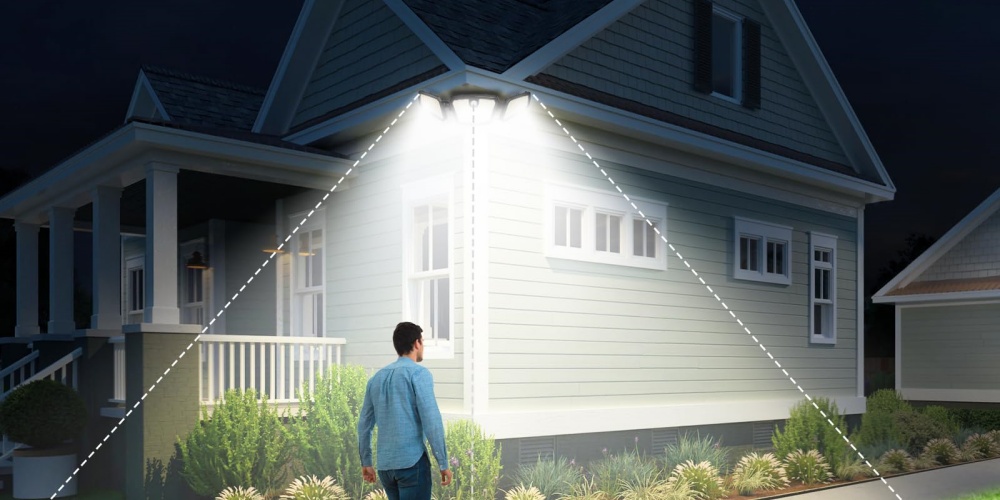what are you looking for?
Solar motion sensor lights are an excellent addition to any outdoor space, providing enhanced security and convenience through automatic illumination. To ensure performance and longevity of these lights, following the best installation practices is crucial. Here are five essential tips for installing solar motion sensor lamps effectively.
Before installing solar motion sensor light, it is crucial to assess the location where they will be placed. Select a location that receives ample sunlight throughout the day to ensure maximum solar energy absorption. Additionally, position the lights strategically to cover high-traffic areas or specific points of interest, such as entryways or pathways. Proper placement not only enhances security but also improves the overall illumination provided by the lights.
Correct placement and positioning of the solar sensor lighting play a vital role in their functionality. Ensure that the lights are mounted at an appropriate height to cover a wide area for detecting motion. Consider the recommended mounting height specified by the manufacturer. Additionally, adjust the angle of the lights to maximize solar panel exposure to sunlight, optimizing the charging capability and overall performance of the lights.

To ensure reliable performance, it is crucial to clean and maintain solar motion sensor light regularly. Dust, dirt, and debris can accumulate on the solar panels, hindering their ability to absorb sunlight. Keep the panels clean and free from any obstructions to maximize their efficiency. Regularly inspect the lights for any signs of damage or wear and tear, and replace any faulty components promptly.
Solar motion sensor lights rely on batteries to store energy. To maximize the battery lifespan and overall performance of the lights, it is essential to important implement proper battery management practices. Follow the manufacturer’s guidelines regarding battery maintenance and charging cycles. Overcharging or fully discharging the batteries can shorten their lifespan. Regularly check the battery condition and replace them when necessary to ensure reliable operation of the lights.
Once the solar motion sensor lamps are installed, it is crucial to test their functionality and make any necessary adjustment. Test the motion detection range and sensitivity to ensure they are aer appropriately for the desired coverage area. Experiment with the duration of illumination to find the optimal setting that balances energy efficiency and lighting needs. Make adjustments as needed to ensure the lights perform as desired.

Xiamen SLD Technology Co., Ltd
 Chengyi North Street, Software Park 3, Jimei District, Xiamen Fujian, China
Chengyi North Street, Software Park 3, Jimei District, Xiamen Fujian, China +86 188 5929 8629
+86 188 5929 8629 sales@solarlightsdo.com
sales@solarlightsdo.com Blog | Sitemap | XML | Privacy Policy
Blog | Sitemap | XML | Privacy Policy

